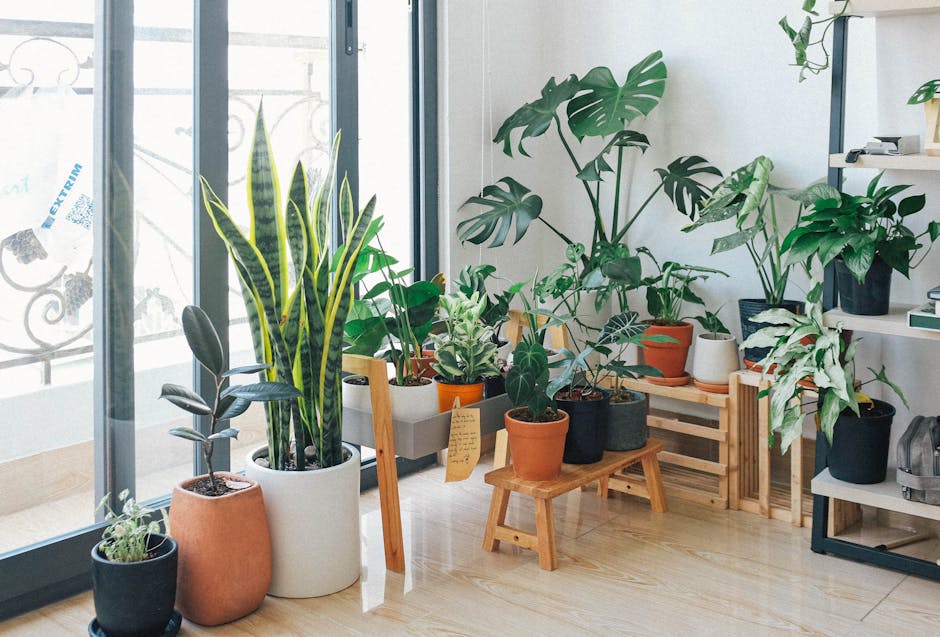From Waste to Wisdom: Rediscover Ancient Sustainability Practices
In the quest for sustainable living, modern society often overlooks the treasure trove of wisdom buried in the practices of ancient civilizations. How did they manage resources, reduce waste, and foster community living without the technological advancements we rely on today? As we navigate the urgency of climate change and environmental degradation, embracing these age-old lessons can help us reshape our relationship with the environment. Let’s explore how diverse cultures practiced sustainability and how we can apply their insights to our eco-friendly lives today.
Unearthing Ancient Wisdom Through Sustainable Practices

Sustainability isn't a new concept; it's been woven into the fabric of human culture since our ancestors settled into agricultural societies. Ancient cultures, attuned to nature's rhythms, embodied resourcefulness that reflects profound respect for their surroundings. The agricultural practices of the Maya, the water management techniques of the Mesopotamians, and the waste reduction strategies of the Indigenous peoples reveal innovative approaches that transcend time.
The Mess that Was the Mayan Civilization: Learning from Ancient Agriculture

The Maya civilization exemplifies advanced agricultural practices that prioritized sustainability. They employed an intricate system of terracing and slash-and-burn agriculture adapted to their tropical forests, which remarkably balanced land-use with forest management. The Mayans understood the importance of enriching the soil through composting and crop rotation, practices that modern permaculture advocates passionately endorse today.
By integrating organic waste back into the earth, they maintained fertile land and safeguarded biodiversity. This ecological intelligence teaches us to transform our kitchens into circular spaces. Instead of traditional composting methods, we can explore options like Bokashi composting, which ferments waste and accelerates nutrient return to our gardens, helping to cultivate a sustainable urban farming model that enhances food security.
Resource Management in Ancient Mesopotamia

Moving across continents to the fertile plains of Mesopotamia reveals a different but equally compelling approach to sustainability. Known as the cradle of civilization, Mesopotamia thrived on its effective use of irrigation systems. Their innovative canals and reservoirs directed water from the Tigris and Euphrates rivers, allowing agriculture to flourish in otherwise arid lands.
Today, we can draw inspiration from their strategies of resource management. Water conservation is critical in our age dealing with drought and climate change. Adopting simple practices like rainwater harvesting or using drip irrigation can significantly reduce our water footprint, reminding us that we have the power to manage resources wisely, echoing the principles of ancient architects.
Indigenous Wisdom and the Art of Communal Living

Indigenous communities across the globe emphasize group sustainability. They often practice communal living, where resource sharing fosters strong social ties and reduces individual consumption demands. By mapping our modern societies against these principles, we can reimagine neighborhoods as thriving ecosystems of cooperation.
Communal gardens or shared composting initiatives can help us minimize waste and develop a supportive community. According to the Harvard Business Review, this sense of belonging significantly impacts mental well-being, making our green endeavors not just eco-friendly but also emotionally nourishing.
Reviving Forgotten Techniques: The Forgotten Techniques of Sustainability

Not all ancient practices are broadly recognized. Techniques like the Japanese “Nara method” of using natural dyes from locally sourced plants demonstrate the potential of eco-friendly crafting. By integrating the knowledge from past artisans and creating sustainable fashion choices today, we can push back against a throwaway culture.
This craft-centric approach connects us with the Earth, urging us to embrace slow consumption and mindful minimalism. When we upcycle materials, we not only minimize waste but also adapt and personalize our belongings with history and meaning. Why not transform that old t-shirt into a reusable bag or create home decor from reclaimed wood? Such projects breathe life into our spaces while honoring our commitment to sustainability.
Challenges to Overcome: Greenwashing and Misleading Practices

While we delve into the lessons of the past, we must also navigate the murky waters of today’s sustainability claims. As awareness around eco-friendly practices grows, so too does greenwashing—companies pretending to be sustainable while continuing harmful practices. Discerning authenticity requires vigilance.
For further insights and practical tips, check out our article on spotting authenticity amid greenwashing. By integrating lessons from ancient methods with a critical eye toward modern products, we can align our purchases with our values and build a truly sustainable lifestyle.
Bridging the Ancient and Modern: A Call to Action

As we explore this rich tapestry of ancient wisdom, questions emerge: How can we adapt these practices in our contemporary settings? How can ancient communities inspire modern solutions to current challenges? The answers largely lie in re-examining our consumption patterns and embracing local resources.
Urban farming, for instance, can transform the concrete jungle into a lush oasis, echoing the community-centered agriculture of our ancestors. Techniques like vertical gardening and utilizing indigenous plants can enhance biodiversity and contribute to a circular economy. For those embarking on this journey, remember the significance of community knowledge transfer. Engage with local farmers, traditional artisans, and experts to rediscover practices that could benefit your immediate environment.
Creating Sustainable Spaces: The Role of Design

One of the most captivating lessons from ancient architectures is their inherent connection to sustainability. Structures often aligned with seasonal changes and local materials, making them seamlessly integrated with their natural surroundings. Biophilic design is a modern concept grounded in these ancient philosophies, enhancing human connectivity to nature through architecture.
From the placement of windows to allow natural light to optimizing ventilation, ancient designs inspire us to create spaces that promote well-being while minimizing our carbon footprint. Meanwhile, biophilic design transformations can elevate our living environments into sanctuaries of tranquility that also serve our moral compass in sustainable living.
Actionable Steps for Sustainable Living: The Path Forward
Learning from the past equips us with unique insights into building a sustainable future. Here are some practical actions you can take:
- Practice Slow Consumption: Embrace mindful purchasing decisions. Invest in high-quality items that reflect your values.
- Embrace Upcycling: Use materials from previous projects to create something new. This complements the idea of diminishing waste and enhances your creative outlet.
- Cultivate Community Connections: Start communal gardens or craft workshops that not only promote eco-friendly practices but bring your community together.
- Opt for Traditional Techniques: Explore ancient crafts and agricultural practices pertinent to your region. These can enhance self-sustainability and resilience within your community.
- Engage in Cultural Learning: Learn about the sustainable practices of Indigenous and rural communities in your area. This conscious effort can help preserve ancient wisdom while embedding it in your lifestyle.
Final Thoughts: Embracing Our Heritage for a Greener Tomorrow
The journey toward sustainable living does not have to begin from scratch. As we've discovered through this exploration of ancient cultures, many of the techniques and philosophies needed for a sustainable lifestyle are already etched in the history of humanity. Each lesson from the past offers critical insights that are not just applicable but essential in our fight against environmental degradation.
As individuals, we are responsible for reimagining these practices in today's context while staying attuned to the planet's needs. By integrating traditions into our modern lives, we create a legacy of sustainability that echoes through generations. Let’s not only treat our environment with respect but also weave the narratives of our heritage into our actions today.
Let's Dive Deeper Into Sustainability
For more about how you can embrace eco-friendly living, check out our articles on sustainable fragrance choices, and urban foraging for inspiration!


